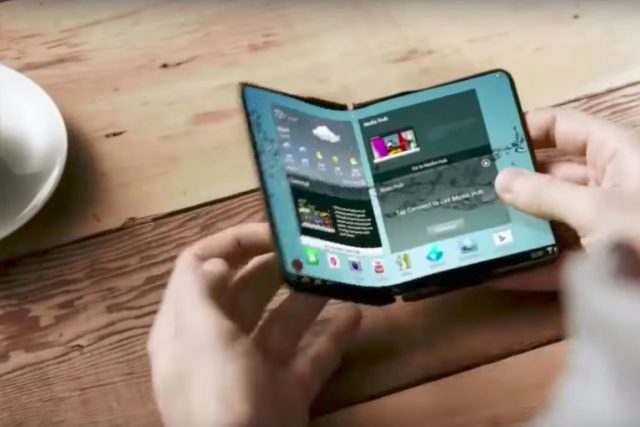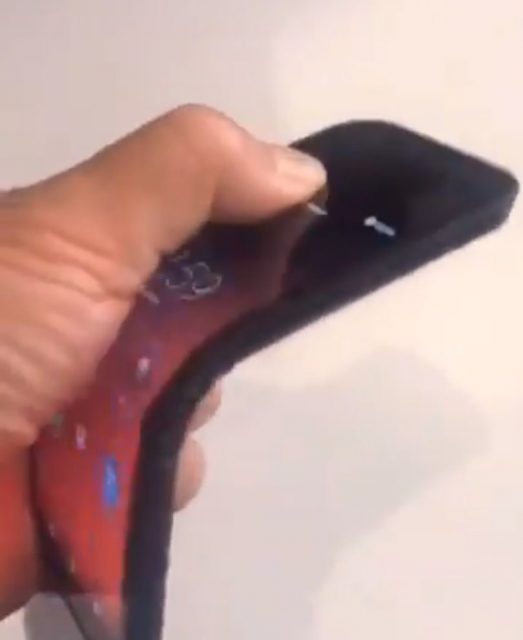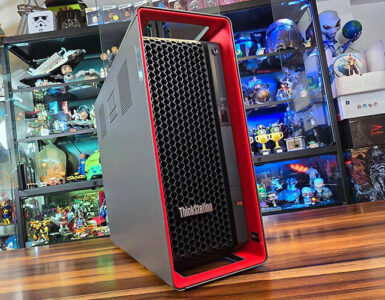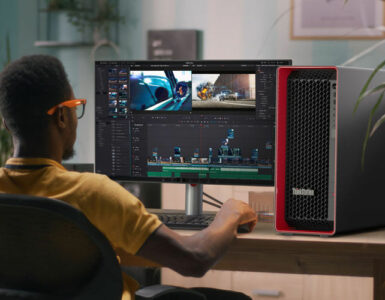Remember those bend tests YouTubers were doing when the iPhone 6 first came out? Well, here’s a phone that’ll pass that test with flying colours.
#lenovo #foldable pic.twitter.com/6IHqOT9m0S
— Bang Gogo ? ? ? (@bang_gogo_) September 26, 2018
Foldable phones have been a few years in the making, with Samsung announcing their new, flexible touch AMOLED display in 2011 and a foldable phone concept in 2014. Samsung isn’t the only one trying to get a foldable phone out. Huawei is also developing a foldable phone. Both are racing to be the first to release a foldable phone to the market, with reports that Samsung may release the phone later in 2018 and Huawei sometime in early 2019.
Both these phones have a similar concept: a smartphone-sized device that can then fold out to a small-tablet-sized device. The screen would fold into itself.
Lenovo’s device looks a little bit different. Instead of the device folding in, it folds out. One of the problems of these flexible screens is that they can’t fold flat like paper. There’s always a bit of a gap between the folded screen. Instead of trying to minimise that, it looks like Lenovo is turning it into a feature, with the screen facing out once it’s folded. So, perhaps, you might be able to wear it around the wrist instead of keeping it in the pocket.
The phone looks to be fully functional, too, with the touchscreen properly working. The phone folds back into a weird angle instead of completely flat and there’s a noticeable black spot in the middle of the hinge, but it works! Lenovo previously revealed their foldable phone concept in 2016, but those were prototypes that didn’t really work as a phone, just to show that a flexible display device is theoretically possible. But the device in the short video above almost looks like it’s consumer ready.
There are also a lot of companies working on a flexible device, but it looks like Lenovo might be the first one to get one out on the market. Is a foldable phone just a gimmick, or will it truly change the landscape of smartphones? Only time will tell.
Dea wishes she could play the latest Tomb Raider or Uncharted, but she can’t, so instead she reads and watches other people play. On her down time, you can probably find her re-reading Captain Marvel. The Carol Danvers one.














